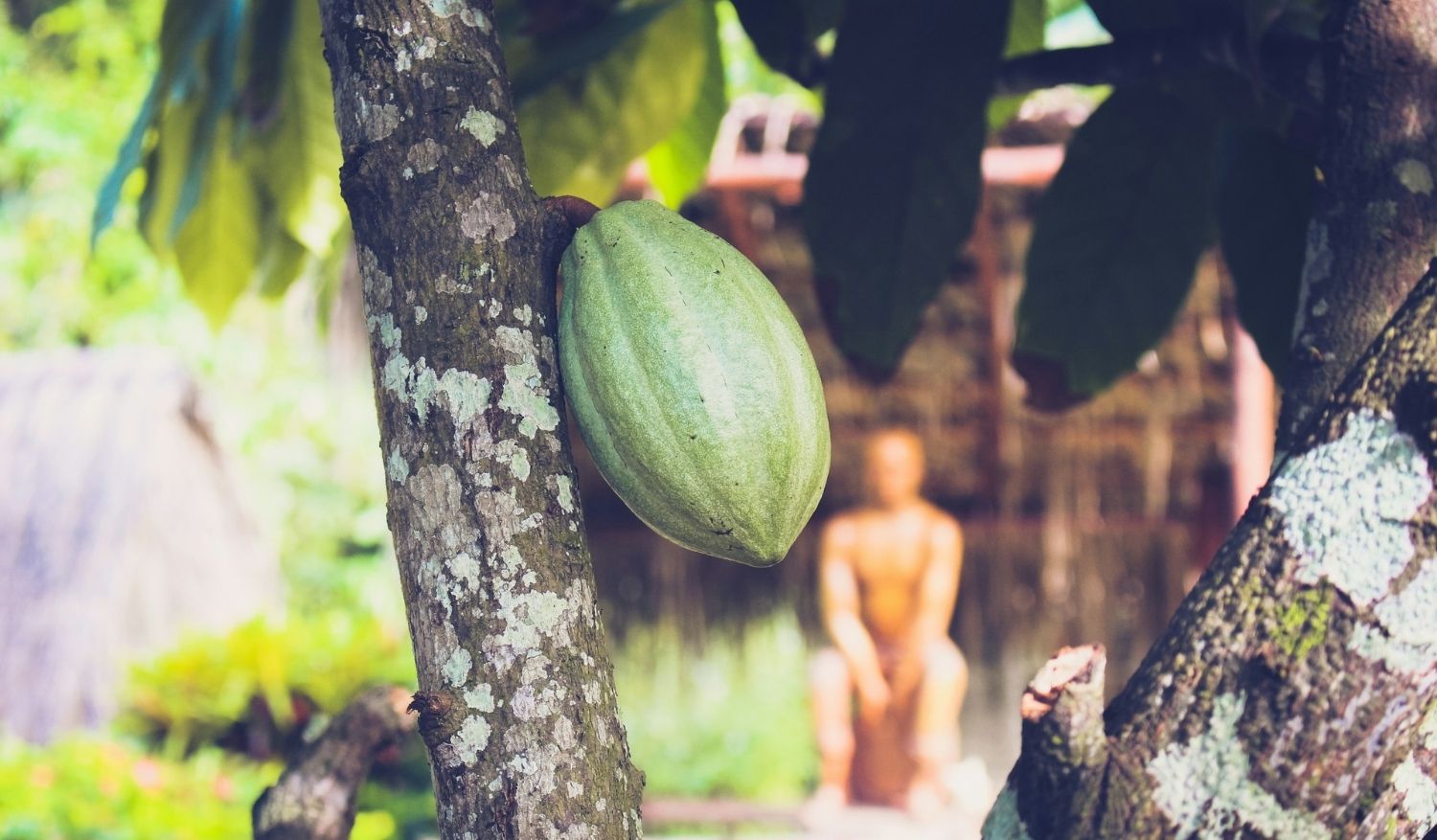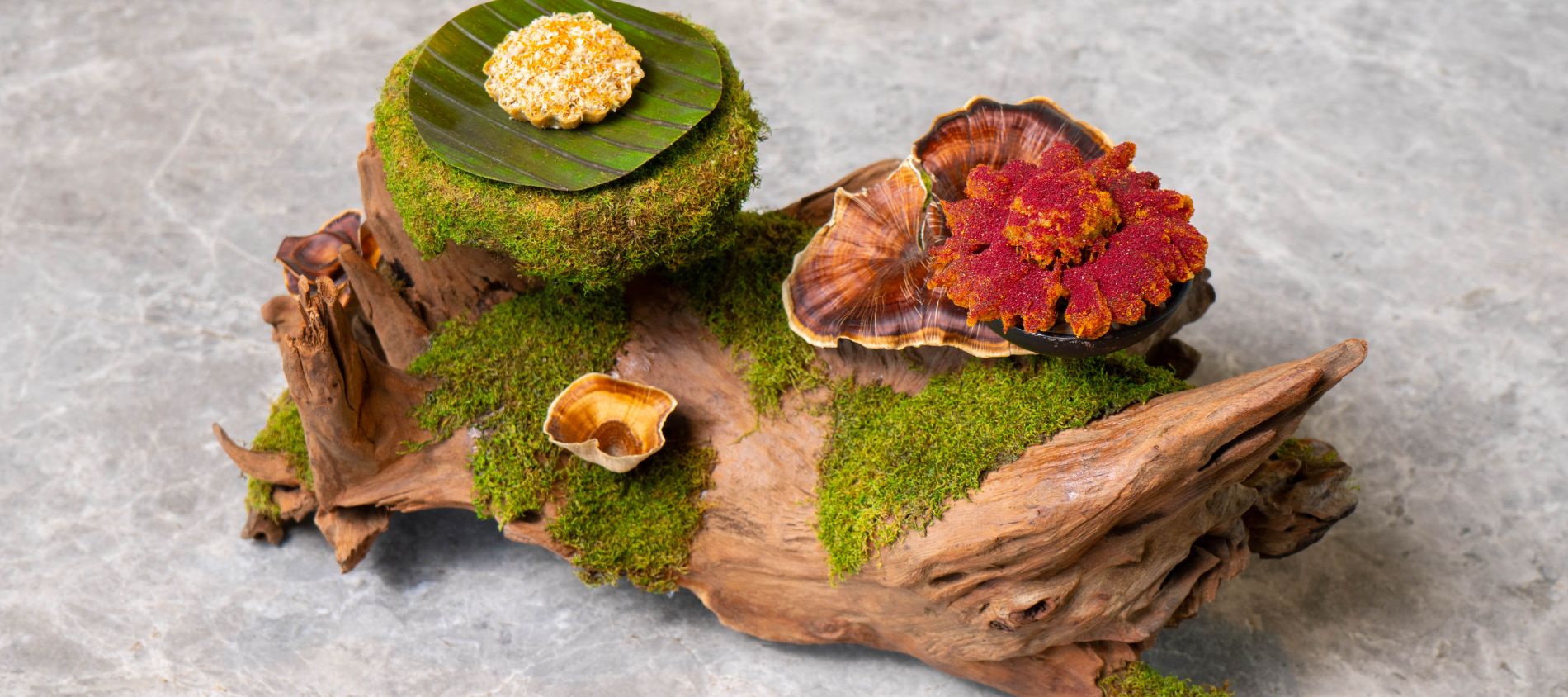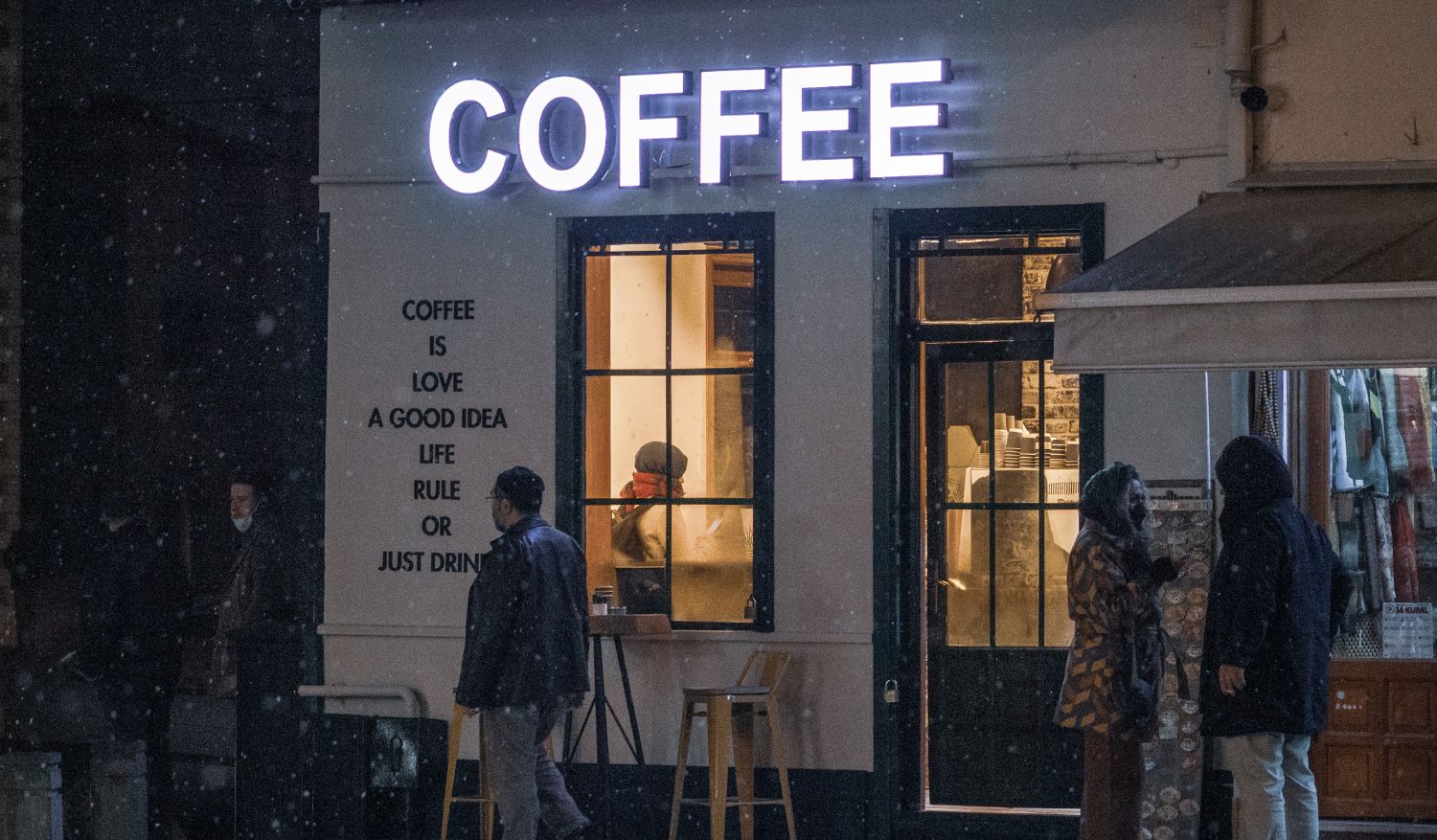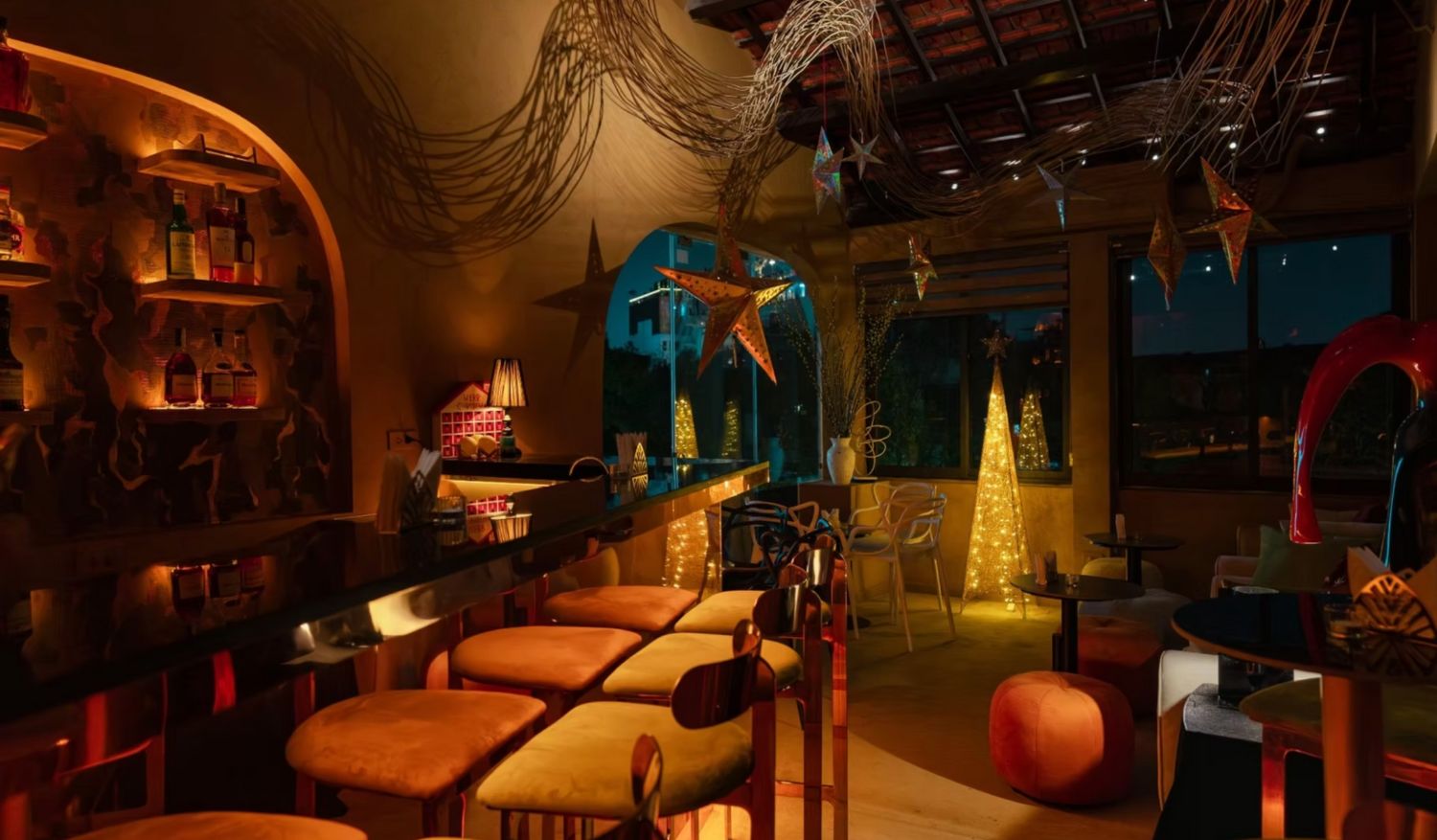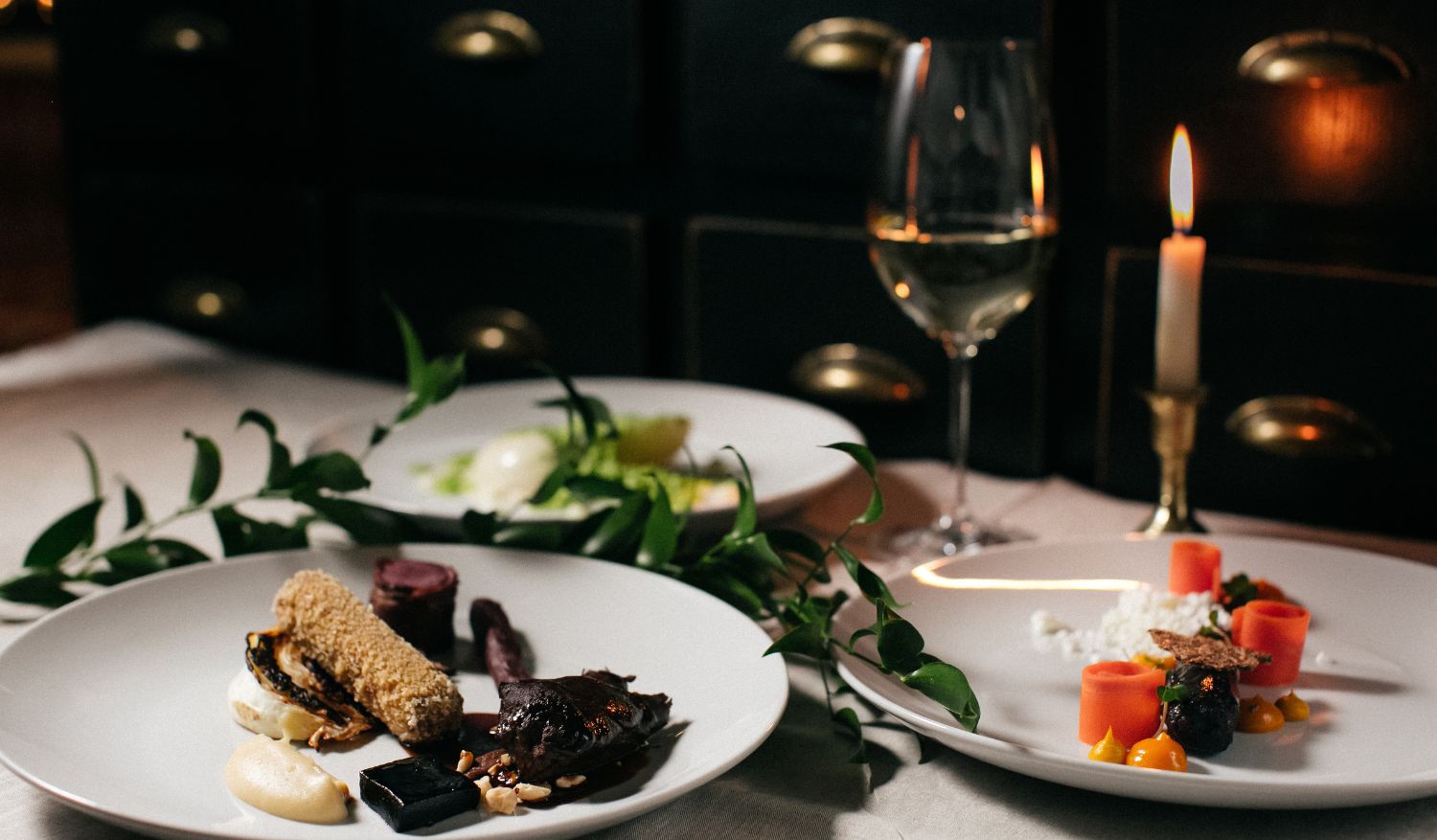Deep in the cacao-growing regions of Central America, Southeast Asia, and West Africa, a new kind of chocolate experience is gaining ground. Tree-to-bar travel offers chocoholics the chance to go far beyond the supermarket shelf, beyond the artisanal packaging, and even beyond the bean. Here, the chocolate journey begins right at the root – the cacao tree.
This immersive travel trend invites participants into lush rainforests where the environment is humid, the trails are muddy, and the cacao pods grow in clusters of colour and promise. Guided by farmers, foragers, and local artisans, travellers learn to recognise ripe pods, harvest them by hand, and take part in a process that few outside the industry ever witness first-hand.
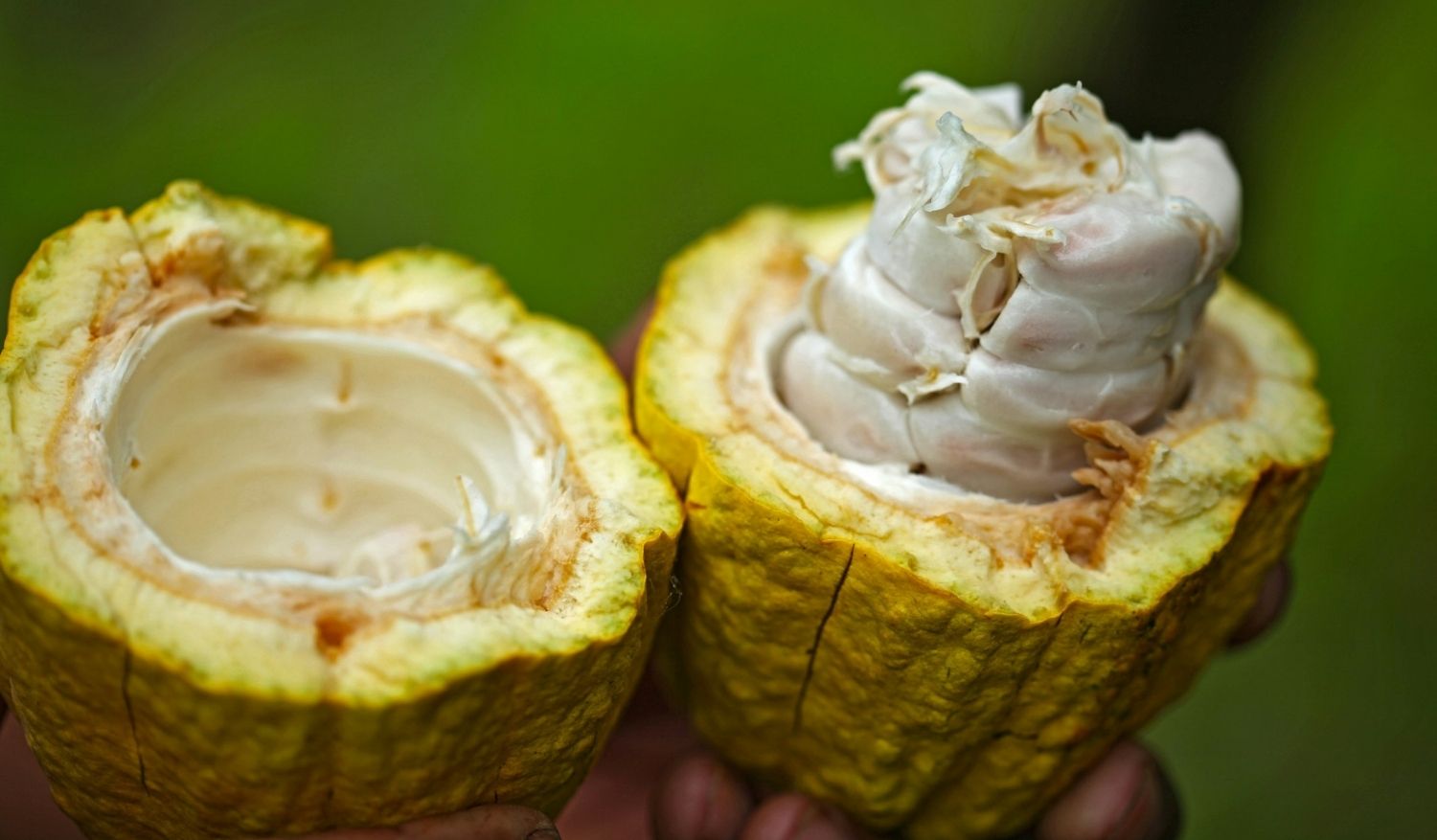
Tree-to-bar isn’t about luxury in the conventional sense; there are no marble counters or curated tasting flights. The experience is raw, unfiltered, and occasionally sticky. Guests often ferment beans in wooden crates, dry them under the sun, roast over firewood, and grind them by stone or hand-powered mill. It’s slow, rhythmic work that connects you to chocolate in a way no boutique shop ever could.
At cacao farms in Costa Rica’s Talamanca region, such as the Bribri-run cooperatives, the experience is interwoven with indigenous knowledge and storytelling. The act of making chocolate becomes a ritual of memory and preservation, linking the present with centuries-old agricultural traditions.

Taste with Purpose
One of the unexpected outcomes of tree-to-bar experiences is how much they alter the way you taste. Chocolate no longer feels generic or mass-produced. Suddenly, you can pick out subtleties: the tang of fermentation, the earthiness of the soil, and the bright acidity from a recent rain.
In the Philippines, farms like Malagos in Davao allow visitors to experience terroir-driven chocolate. Much like wine, flavour profiles shift depending on elevation, humidity, and even nearby crops. Here, you might find notes of jackfruit, cashew, or brown butter, shaped entirely by nature.
These visits often highlight the science behind cacao – fermentation times, sugar levels, bean varietals – giving chocoholics a crash course in craftsmanship. It’s not just indulgent; it’s enlightening.
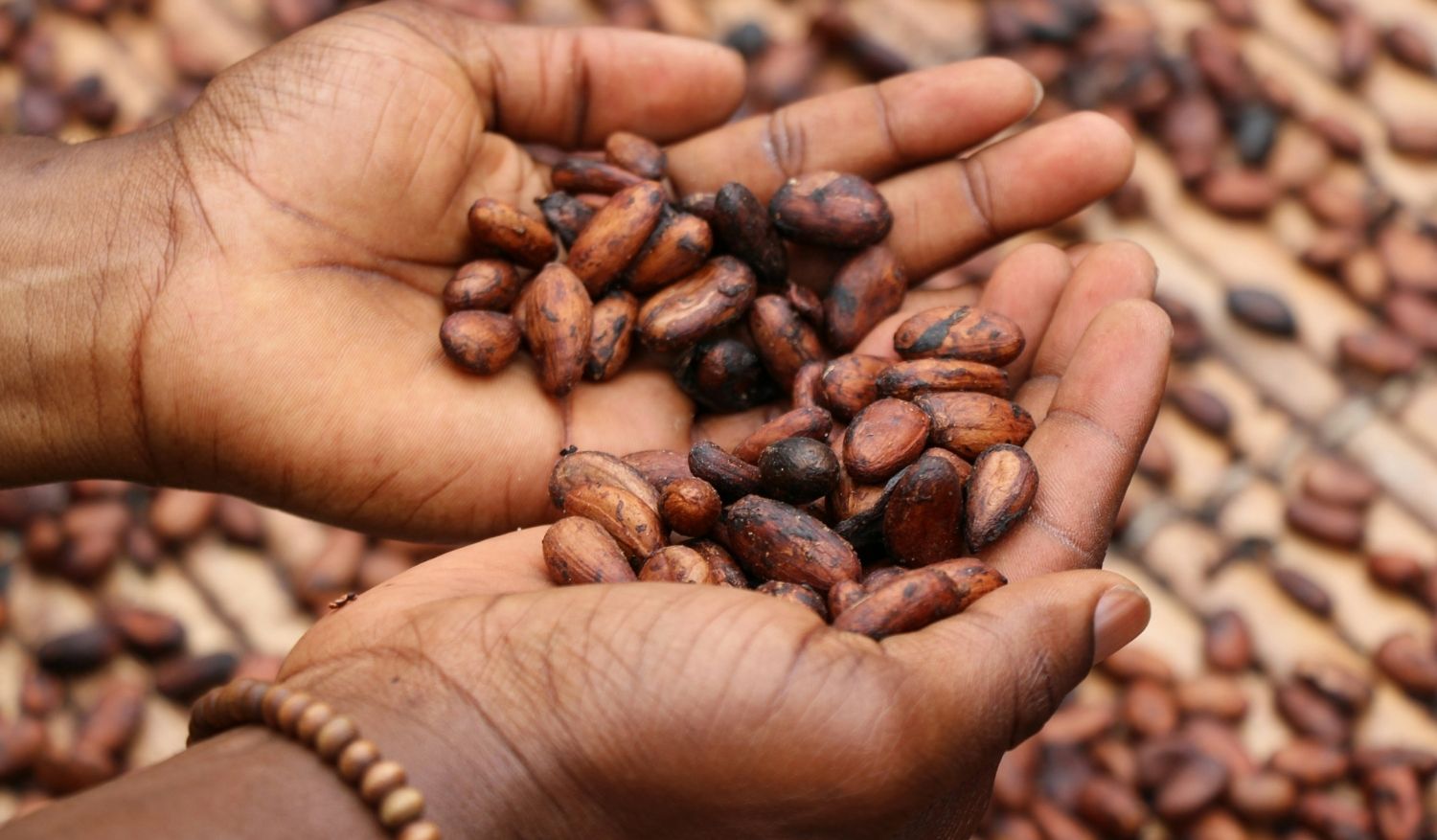
Supporting Communities Through Chocolate
The personal tree-to-bar experience supports local economies and encourages sustainable practices. Many of these jungle farms are small-scale, family-run, or part of indigenous cooperatives. Your visit directly supports those who grow and process cacao with care, often without access to global distribution channels or fair prices.
Belize has become a leader in community-led cacao tours, where farms partner with eco-lodges to create holistic travel offerings. From cacao-themed spa treatments to evening storytelling sessions around the fire, the experience feels grounded in place, people and purpose.
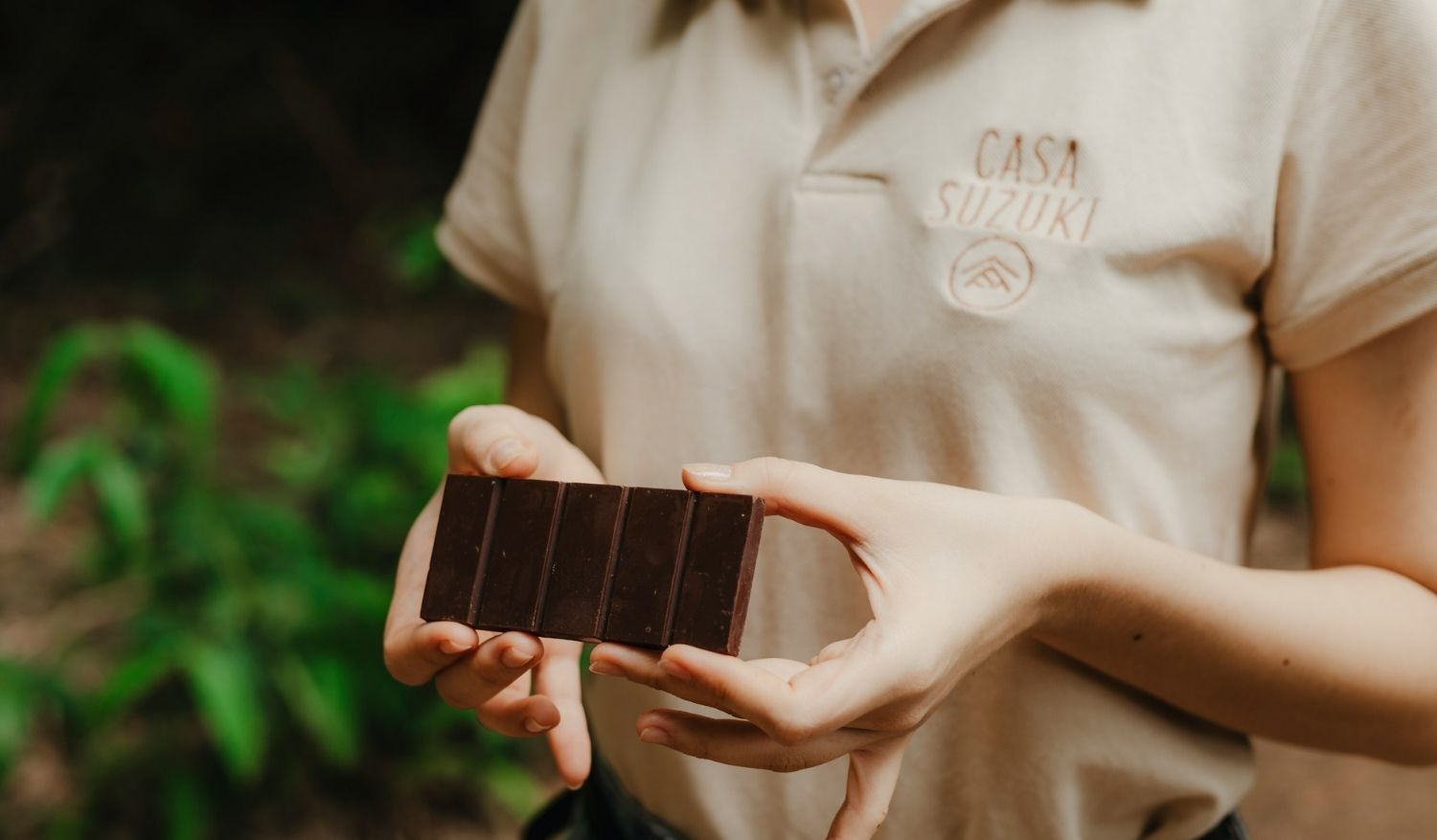
From Pod to Palate
There’s something humbling about holding a fresh cacao pod in your hands, splitting it open with a machete, and tasting the sweet-sour pulp before the bean has even been roasted. That moment – raw and unrefined – encapsulates everything tree-to-bar stands for.
It’s a reminder that chocolate, for all its modern polish, begins in the dirt. It takes labour, time, and weather. It takes generations of growers and an understanding of the land. And in those fleeting jungle moments, when you’re licking melted chocolate off your fingers with the sound of cicadas around you, you begin to appreciate cacao as something alive – not just consumed.
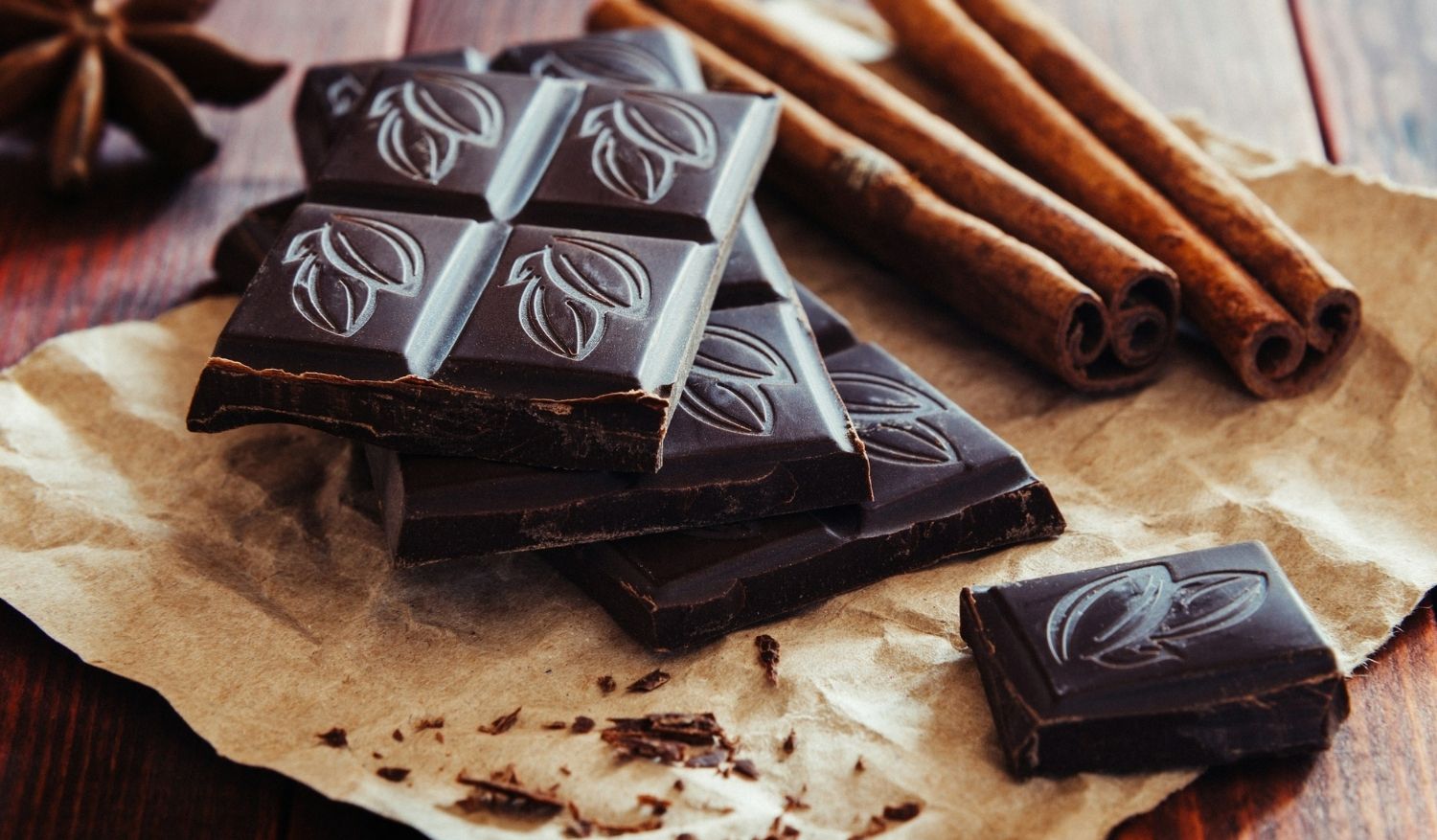
For Chocolate-Loving Travellers Before You Go
It’s always best to know beforehand about the basics of cacao.
Cacao Latitudes:
Learn about traceable cacao sourcing and ethical farming
Slow Food International:
Explore traditional food systems and endangered ingredients
Malagos Chocolate:
Visit a working tree-to-bar farm in Davao, Philippines
Read more about other dining experiences here.


